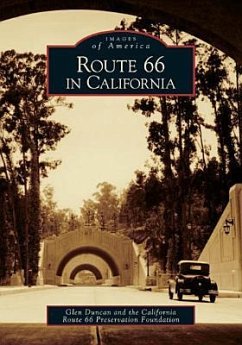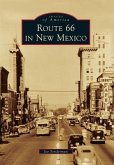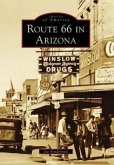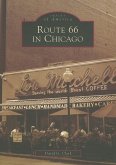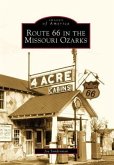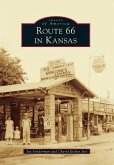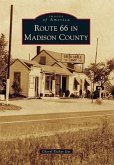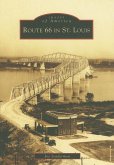The "Mother Road" hauled it all, traversing the American West from Chicago to Santa Monica Beach, the last 350 miles through Southern California. For settlers, Depression-era "Okies" and "Arkies," and post-World War II families bound for suburbia, Route 66 was a migration funnel for generations. Wending through the mountains and badlands of San Bernardino County into Los Angeles County, Route 66 became a state of mind and a catchphrase for travelers everywhere, especially after singer Bobby Troupe popularized the hit song "(Get Your Kicks on) Route 66" and actors Martin Milner and George Maharis hit the road with the ragtop down and the shades on in the namesake television series that seemed to go anywhere every week. The shield of the Route 66 sign has become iconography for the growth of Southern California's economy, population, popularity, and folklore.
Hinweis: Dieser Artikel kann nur an eine deutsche Lieferadresse ausgeliefert werden.
Hinweis: Dieser Artikel kann nur an eine deutsche Lieferadresse ausgeliefert werden.

